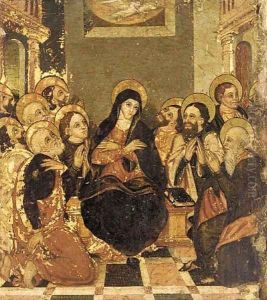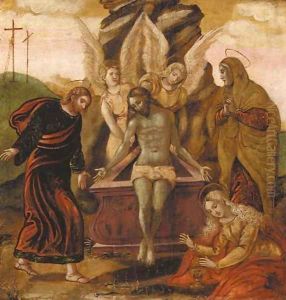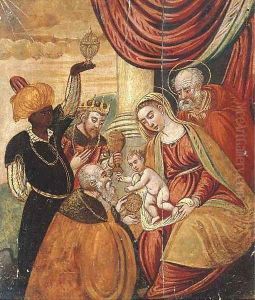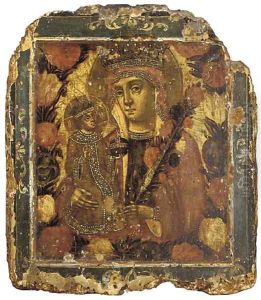Dalmatian School Paintings
The Dalmatian School does not refer to a singular artist but rather to a group of artists and a movement that flourished in the Dalmatian region, along the Adriatic coast, from the 15th to the 17th centuries. This period was marked by significant artistic development and cultural exchange between the East and West, influenced by the Venetian Republic's power in the area as well as the presence of the Ottoman Empire nearby. The Dalmatian School is characterized by its unique blend of Renaissance and Gothic elements, combined with local traditions and Byzantine influences, reflecting the region's diverse cultural and historical landscape.
The Dalmatian School's output included a range of art forms, such as painting, sculpture, and architecture. Artists from this school are known for their religious themes, often depicting scenes from the Bible, saints' lives, and the Virgin Mary, tailored to suit the liturgical and devotional needs of their local communities. The use of vivid colors, attention to detail, and incorporation of local landscapes and costumes into their works are notable features of this school.
Among the notable figures associated with the Dalmatian School are artists like Blaž Jurjev Trogiranin and Nikola Božidarević, who were known for their contributions to painting and architecture. Their works are found in various churches and public buildings across the Dalmatian coast, showcasing the distinctive style that emerged from this region. The School played a crucial role in the transmission of Renaissance ideas to the eastern Adriatic, adapting them to local traditions and aesthetics.
The decline of the Dalmatian School in the 17th century was due to various factors, including the shifting political and economic fortunes of the region and the rise of the Baroque style, which eventually supplanted the Renaissance and Gothic influences that had characterized the Dalmatian School. Despite its decline, the Dalmatian School left a lasting legacy in the region, contributing significantly to the development of Croatian art and culture and serving as a bridge between different artistic and cultural traditions.



